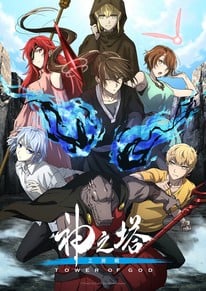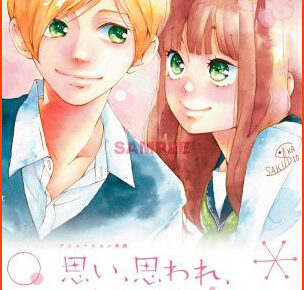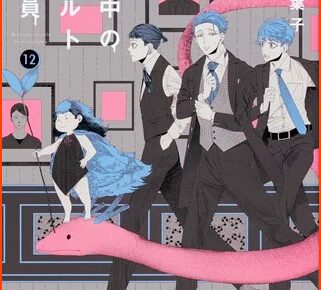A Journey Through Tower of God: Workshop Battle
The landscape of anime is rich with complex narratives, and Tower of God, based on the popular webtoon, stands as a testament to this tradition. Its Workshop Battle Arc signifies a dynamic evolution in the storyline, raising stakes and deepening character connections. In this review, we’ll explore how this arc introduces pivotal developments in Bam’s journey, while art and animation become focal points of discussion.
The Conflict Unveiled
In the Workshop Battle arc, Bam faces challenges that are not just external, but deeply personal. Separated from his original team and thrust into a new alliance under the imposing FUG, Bam’s journey is overwhelmed with conflict. His innate drive to protect his companions showcases a moving narrative, where self-sacrifice is a recurring theme. This is further complicated by the presence of his alter ego, Jyu Viole Grace, creating layers of conflict as his old team remains unaware of his real identity and intentions.

Inset: The multi-faceted tale of Bam’s struggle within the Workshop Battle Arc.
Emotional Resonance and Complex Narratives
The arc shines through its interwoven storylines featuring three main groups: Bam’s old allies, his new cohort, and the enigmatic FUG members. Each faction is on a collision course of discovery and alliances within the ever-tense arena of the Workshop Battle. Bam’s internal and external battles open a path for character development—where lessons are learned, friendships are challenged, and motives are tested. Despite the often crowded storyline due to an influx of new characters and shadowy agendas, these narrative layers contribute to the series’ richness.
The Challenges of Character and Plot
While the Workshop Battle arc succeeds in maintaining a gripping storyline for the primary characters, peripheral elements can become convoluted. With numerous new characters having murky motives or flimsy backgrounds, the storyline can occasionally seem cluttered. Moreover, the tendency of introducing successive antagonists dilutes the climax, occasionally overshadowing the protagonists’ achievements.
A Visual Conundrum
The most significant shortcoming in Tower of God: Workshop Battle is its animation. Battle sequences suffer from poor choreography, where crucial moments are often lost amid awkward camera angles and uneven detailing. Compared to Return of the Prince, albeit a minor improvement, the visuals remain far from meeting fan expectations, impeding the otherwise captivating storyline. The potential impact of dynamic storytelling is diminished when animation struggles to elevate the narrative.
A Symphony of Sound
Contrasting the visual issues, the anime’s music score, created by Kevin Penkin, emerges as a distinct highlight. The ethereal and intense compositions provide an emotional counterbalance to the visual shortcomings. The music, along with captivating openings and endings by Stray Kids, acts as a crucial emotional anchor, elevating the narrative’s fantastical elements. The auditory experience is a reflection of the series’ high potential, showing what it could achieve with enhanced production.
Final Thoughts
With its compelling storyline and intricate character development, Tower of God: Workshop Battle stands as a noteworthy arc that overcomes its artistic flaws. The arc progresses both the narrative and emotional intensity, enveloped by a poignant soundtrack that nearly redefines the overall experience. Despite the visible visual gaps, dedicated fans of the webtoon and anime remain hopeful for future improvements.
The legacy of Tower of God as a beloved narrative isn’t solely tied to its anime presentation, but to its underlying potential for storytelling glory. As we eagerly anticipate more from this universe, the arc leaves the door open for subsequent adaptations that could bring justice to its rich tales with superior animation quality.
For more in-depth reviews or insights into this genre, consider visiting external aficionados or forums dedicated to storytelling in animation.


